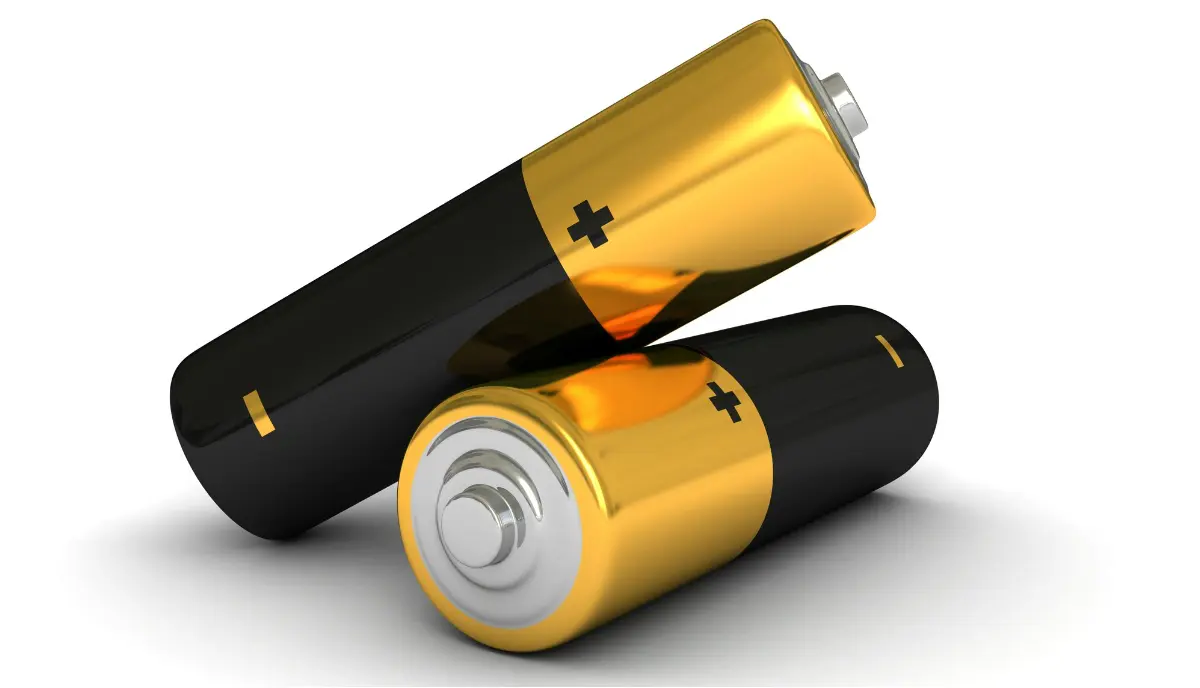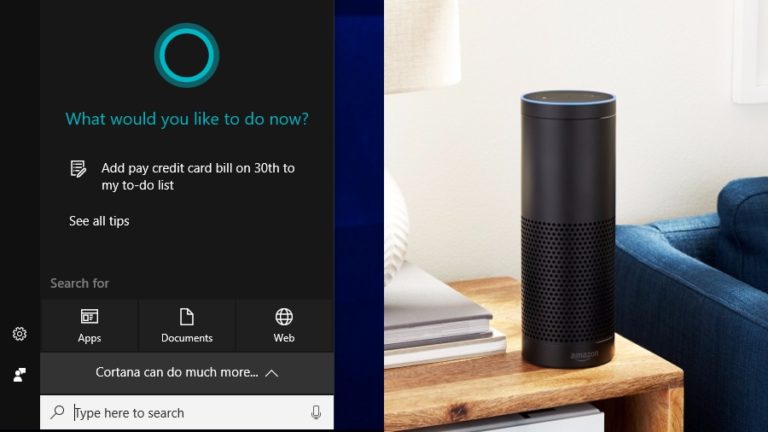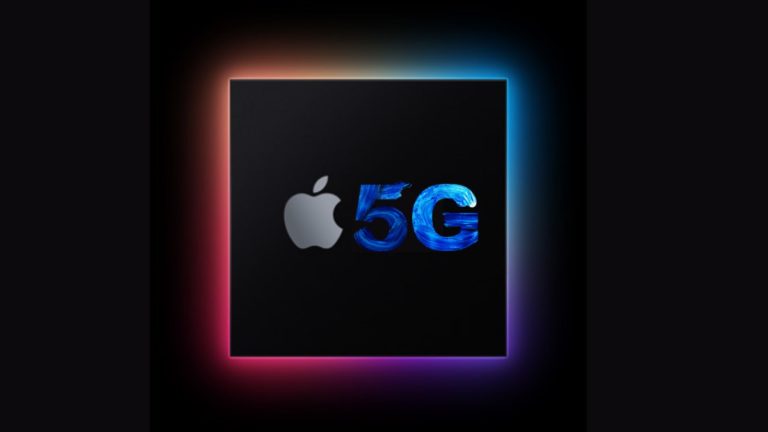Indian Researchers Develop World’s First-Ever Iron-Ion Battery

As part of a new milestone, a research team from IIT (Indian Institute of Technology) Madras has made the world’s first-ever iron-ion battery as a replacement to the currently used lithium-ion batteries.
The World’s First Iron-Ion Battery
The iron-ion battery comprises an anode made of low-carbon steel along with a cathode made up of vanadium pentoxide. In addition to this, the electrolyte in the iron-ion battery is made of iron chlorate.
For those who don’t know, the anode is the positively-charged electrode in a battery while the cathode is a negatively-charged electrode.
Why Is Iron-Ion Battery Better Over Lithium-Ion Battery?
Developing iron-ion batteries is much better as it is a relatively cheap process as compared to producing lithium-ion batteries, which acts as a disadvantage for the latter.
The iron-ion battery comes with better storage capabilities and stability, which proves to be an edge over lithium-ion batteries in the market.
While lithium-ion batteries are slightly unsafe to use because they tend to overheat, iron-ion batteries are comparatively safer to use. The safety factor is ensured by iron’s incapacity to make dendrites, which, in turn, prevents a short circuit.
There Are Downsides Too!
While there are various reasons for the iron-ion batteries to become mainstream and replace lithium-ion ones completely in the near future, there are some issues that need to be addressed first. Iron-ion cells need more testing and optimization as presently they allow only 150 cycles of charging and discharging.
Additionally, iron-ion battery’s energy density is less than that of lithium-ion ones. Former has a density rated at 220 Wh/kilo that needs to match the latter’s 350 Wh/kilo of energy density.
As iron-ion batteries need testing, we have to wait until they can take over the battery market.
Also Read: Inspired By Tesla Gigafactory, India To Invest $4 Billion in Battery Storage






